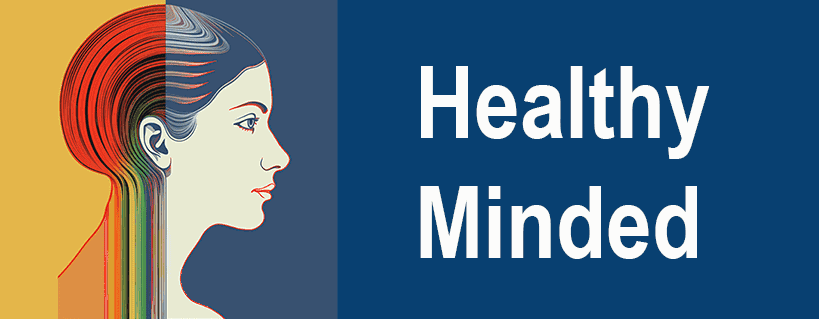As technology advances, there is help available for those suffering from impairments related to writing. Dyslexia, for example, creates problems for young people learning to write. When others can’t understand what they express with pencil and paper, their broader educational interests may be stifled.
In the context of social communication, writing is even more important than it was 20 years ago. We communicate by text messaging, social media, and email. Spoken and in-person communication is far less common than it was just twenty years ago. New communication driven by keyboards can be more practical for the person with handwriting problems, but keyboards are not the answer for everyone challenged by handwriting.

Dysgraphia
Dysgraphia, translated from Greek, means “impaired writing by hand”. When a person has this disability, it originates from two separate areas of the brain. One area is the angular gyrus, which governs linguistic functions. The other area is called Exner’s writing area of the frontal lobe. This part of the brain facilitates the expression of written words.
In plain language, the person has handwriting problems and cannot express thoughts through writing. They have problems storing words, and processing letters into words. They may also have problems using the hand muscles for the fine motor work required to write.
Other Learning Disabilities that Affect Writing Ability
Dysgraphia rarely appears on its own. It is frequently coupled with attention deficit disorder and/or dyslexia. All of these impairments can hinder a person’s ability to express themselves through writing. The issues will normally be diagnosed when a child begins learning to write in school. Dysgraphia disorders that are diagnosed in childhood will typically carry through to adulthood.
Using Assistive Technology
Several assistive technology tools can be used to help those that have been diagnosed with dysgraphia, or a related condition. Fortunately, they have kept pace with society’s transformation from the increased reliance on writing vs. spoken word. Let’s take a look at some of the tools that exist to help individuals with dysgraphia.
1. Speech-to-Text Software
Instead of writing, the user speaks and the software transcribes into writing. The software has a bit of a learning curve, as it learns to recognize the user’s speech. It must be trained to the user’s voice, which may be tricky, if the user is a young child.
Sonocent Audio Notetaker makes is simple to capture full recordings of meetings and classes and to work with the audio. The software visualizes audio as chunks, phrase-by-phrase.
The user experience for voice commands in search engines, and with Siri and OK Google, is light years ahead of where it was just five years ago. This is boon for many using common digital devices. The win with these tools is when the results return spoken words, not text.
2. Word Processing Software
When a person with dysgraphia uses word processing software, their work is much easier to edit and correct. They don’t have to copy everything over again.
4. Letter Tracing Apps
These help to form letter shapes and work well for young children. They show where a letter starts, and what shape it should be. For kids that have trouble writing letters, this alone may do wonders.
5. Typing Tools
Several great typing programs on the market work to teach kids and adults alike to type to express themselves. It is much easier to put your thoughts into words through keyboarding when you are challenged to put pen to paper.
6. Spelling and Grammar Software
Spelling and grammar software improve communication by leaps and bounds for individuals with dysgraphia. It works by interpreting phonetic spelling and translating it into proper words.
7. Lo-Tech Assistive Technology
Sometimes, something as simple as a corrective pencil grip or tactile lined paper might help with handwriting. Using a slant board to write on will help with ease of writing.
8. Graphic Organizers
Another help in teaching writing is the use of graphic organizers. These help organize thoughts in preparation for writing. They come in many popular templates that can be used to increase writing skill.
9. Math Software
When we think of a learning disability like dysgraphia, we think of language writing skills. Kids that are coping with dysgraphia will also have problems with math assignments, as writing the numbers will be difficult. Their work may be illegible. There are apps to help by making it possible to type numbers and equations on a virtual graph paper. The work can be submitted physically by printing or emailed to an instructor.
Help for Those with Dysgraphia

For someone who suffers from dysgraphia and has trouble writing or cannot write at all, life has its challenges that most of us can’t imagine. Living without being able to express yourself can be frustrating. Luckily, many of the assistive technology tools that were discussed above can go a long way toward accommodating the disability. They are easily accessible and fairly affordable. Take advantage of today’s technology if you or someone you know suffers from a learning disability. Let’s ensure assistive technology keeps pace with the massive changes in communication!
- Hypnosis vs. Meditation: A Comparison of Two Mind-Body Techniques - March 17, 2023
- Glossophobia: the Fear of Public Speaking - November 12, 2020
- I Write, Therefore I Am: Assistive Technology Bridges The Handwriting Gap - August 2, 2017
